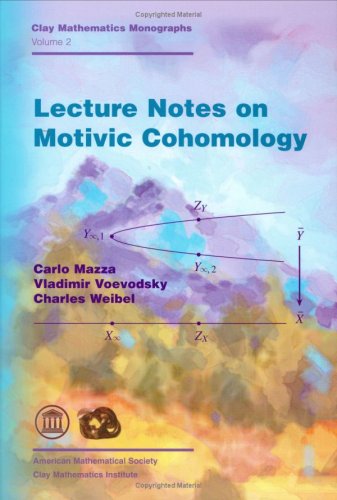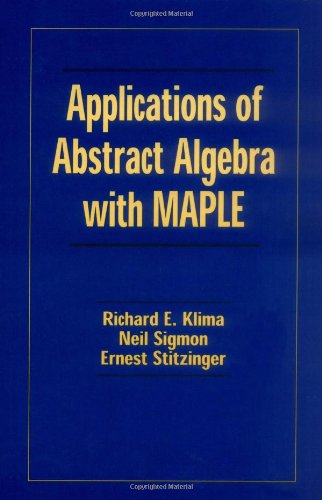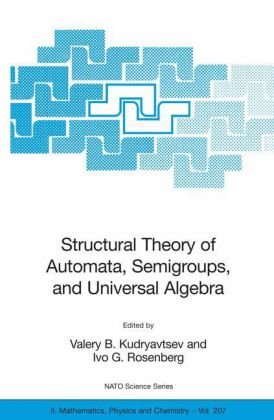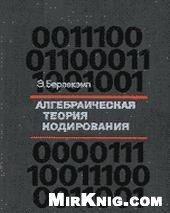Carlo Mazza, Vladimir Voevodsky, Charles Weibel0821838474, 9780821838471
The lecture notes format is designed for the book to be read by an advanced graduate student or an expert in a related field. The lectures roughly correspond to one-hour lectures given by Voevodsky during the course he gave at the Institute for Advanced Study in Princeton on this subject in 1999-2000. In addition, many of the original proofs have been simplified and improved so that this book will also be a useful tool for research mathematicians.
This book provides an account of the triangulated theory of motives. Its purpose is to introduce Motivic Cohomology, to develop its main properties, and finally to relate it to other known invariants of algebraic varieties and rings such as Milnor K-theory, étale cohomology, and Chow groups. The book is divided into lectures, grouped in six parts. The first part presents the definition of Motivic Cohomology, based upon the notion of presheaves with transfers. Some elementary comparison theorems are given in this part. The theory of (étale, Nisnevich, and Zariski) sheaves with transfers is developed in parts two, three, and six, respectively. The theoretical core of the book is the fourth part, presenting the triangulated category of motives. Finally, the comparison with higher Chow groups is developed in part five.
Titles in this series are copublished with the Clay Mathematics Institute (Cambridge, MA).







Reviews
There are no reviews yet.